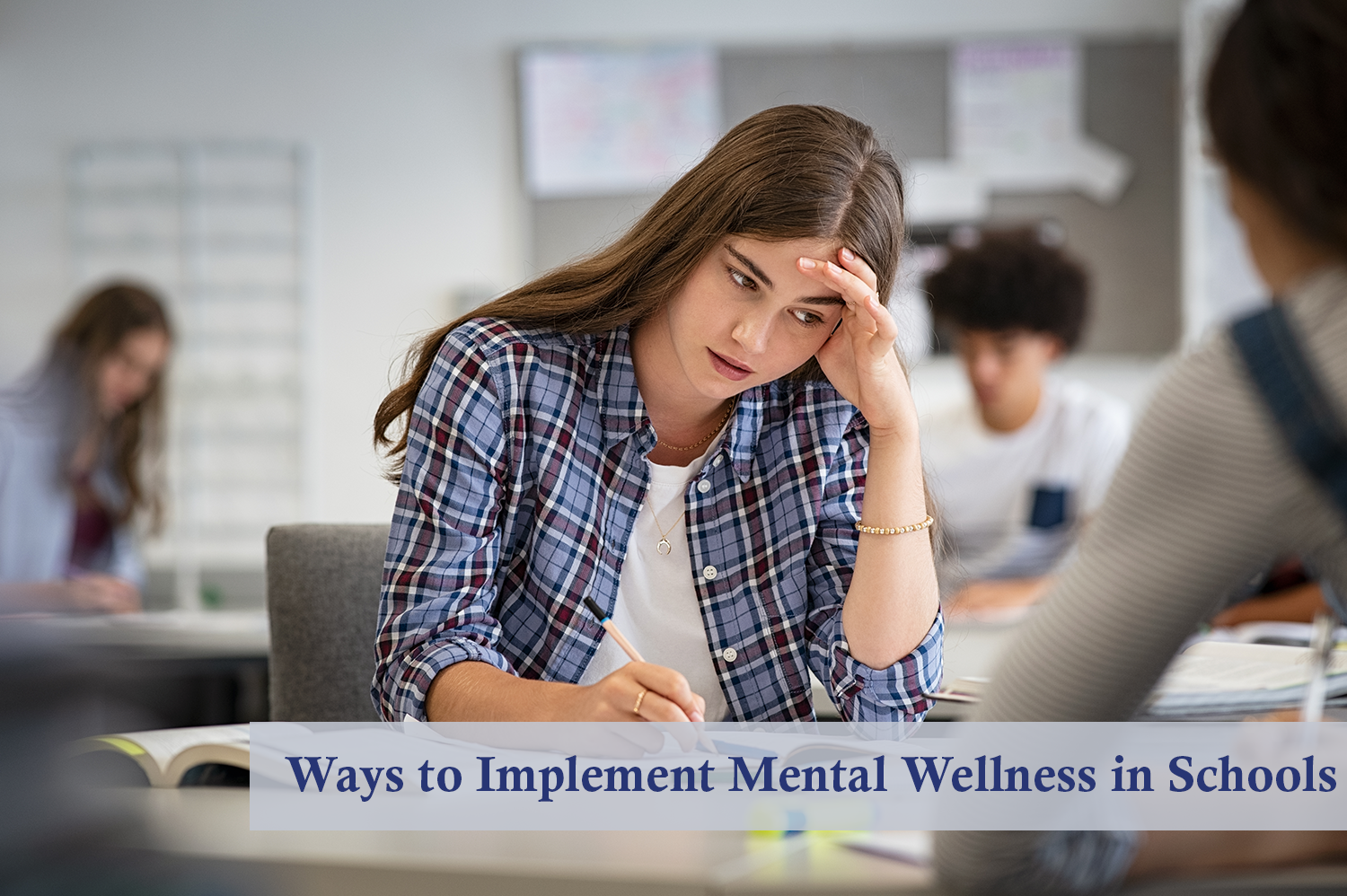Creating a school culture that supports mental wellness is a topic that’s getting increasing attention in recent years. Wondering how to implement it in your school? Here are a few ways to do that.
Why Mental Wellness is Important
Students are facing a lot of demands and pressure every day. From busy schedules, to meeting high academic expectations, navigating the world of social media, and dealing with high amounts of stress. Mental health challenges are becoming more common, and according to the National Alliance of Mental Health, 1 in 6 youth aged 6-17 experience a mental health disorder each year. These mental health challenges can negatively impact a student, contributing to social, emotional, behavioral, and academic problems.
Schools have a unique and critical role to play in supporting mental wellness in proactive and comprehensive ways. When schools implement mental wellness into the curriculum, they’ll give students the ability to develop protective factors for mental health and provide them with skills to seek help for early intervention.
Ways to Implement Mental Wellness in Your School
Implement Regular Check-ins with Students
Implementing check-ins with your students can have a few positive aspects. The first is that it will give teachers a glimpse into how their students are doing. Sometimes, it can be hard to get a read on some students, so it can be difficult to tell if help is needed. With regular check-ins, it will not only help to build more of a connection with students, but it can help teachers understand their students’ behaviors better.
It will also allow students to feel less alone. Class check-ins can show students that their classmates aren’t always as “great” or “perfect” as they appear. It can help to break down the stigma of feeling “not okay” at times and offer students some relief and access to support if needed.
Give Teachers Mental Health Training
Educators need training to identify and respond to signs of mental health issues. Teachers may be the first adult a student turns to in a time of distress. But without training, it can be stressful to know what to properly do. With training, teachers can notice early warning signs in students. It will also help teachers get more comfortable about discussing mental wellness with students, and allow them to properly refer a student to professional resources if and when necessary.
Talk about Mental Health with Students
It’s important to openly discuss mental health with students, too. Openly talking about mental health can help decrease the stigma around it. This can lead to students being more likely to seek help. It can also allow for training opportunities on how to support their friends’ or peers’ mental wellness. While students (and teachers) are not clinicians and aren’t being trained to treat anyone, they can learn to observe signs and react. When students are trained to be on the lookout for their peers, it allows for fewer students to fall through the cracks when it comes to mental health.

Seeking out support and getting the right resources for your school can provide relief for students, teachers, and faculty.
Get the Right Resources
Educators are often the first line of defense for their students when it comes to mental health issues. That doesn’t mean they should be taking on solving their students’ mental wellness needs all by themselves. Seeking out support and getting the right resources for your school can provide relief for students, teachers, and faculty.
At Equity Associates, we can provide the recourses your school needs. We will work with your existing school-based mental health practitioner to expand mental health services within your school and connect you with resources needed to augment gaps. We offer two levels of services for schools: mental health diagnostic assessment and planning and network membership. We’re based in Ridgway, Colorado but can help those anywhere in the state. No matter what, we’re always here to support those who need us.






